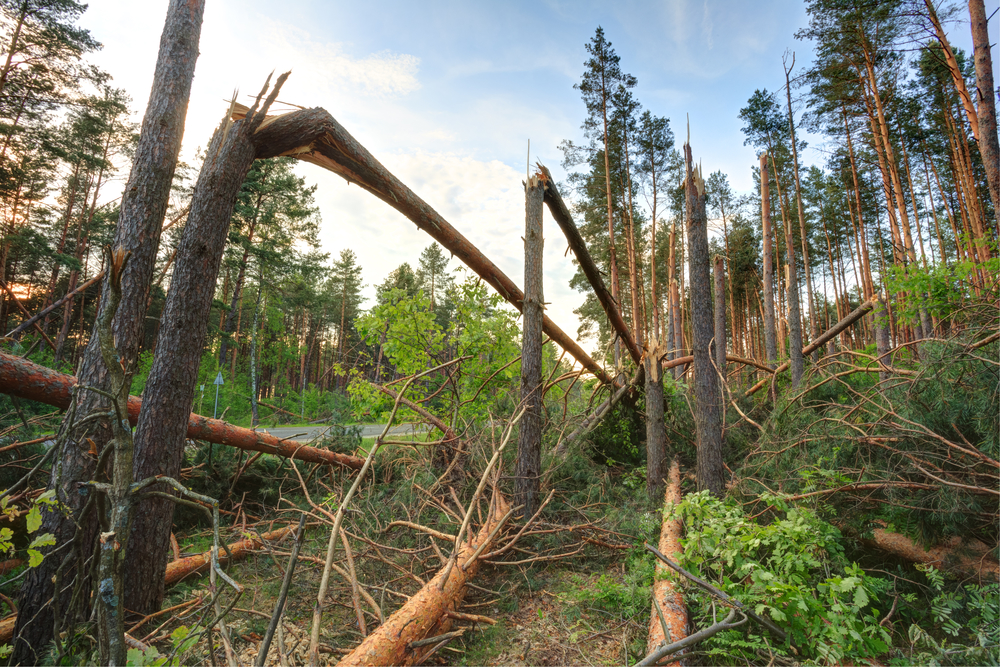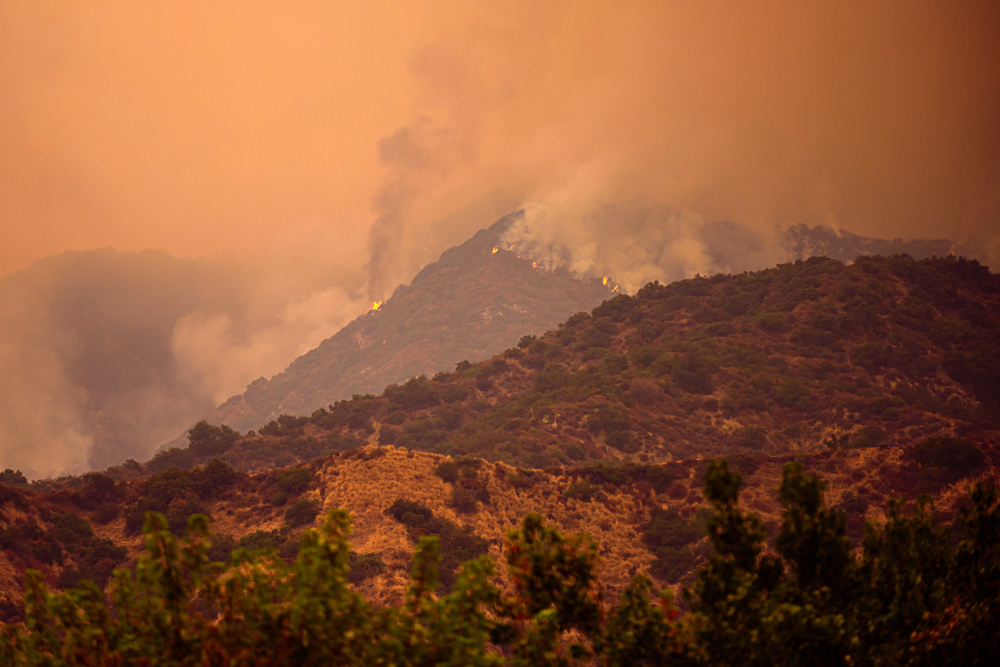Is an Invisible Fence a ‘Covered Structure’?

By: Big “I” Virtual University Faculty
On a homeowners insured’s property, severe microbursts knock down 12 large trees, causing damage to the insured’s house, outbuildings, autos, fences and more. The tree surgeon charges $15,000 for the removal of the trees.
The homeowners carrier will pay for the removal of trees from the house, outbuildings, physical fences and some of the driveway. But the insured has an invisible fence around the property, whose buried wiring also sustained damage from the fallen trees.
The insurer will cover the cost to repair the invisible fence’s underground wiring, but it is unclear whether they will pay for tree removal from the invisible fence.
Q: For the HO policy to cover tree debris removal, the policy states that the trees must damage a “covered structure.” However, the policy does not define “structure.” Does the invisible fence qualify? The maximum payment for any one loss for tree removal is $1,000, but not more than $500 for the removal of one tree.
Response 1: The cost to drag and drop trees from a damaged structure is covered as a necessary cost to repair it and is not subject to the $500 per tree/$1,000 maximum limit for tree debris removal. Therefore, the cost to remove the trees from the invisible fence would not be subject to the limit.
However, once the tree debris is removed from the damaged structure, the cost to remove it from the insured’s property would likely be subject to the limit. The buried invisible fence is most likely an “other structure,” similar to underground sprinkler system piping. It should be covered under personal property.
Response 2: Try citing the definition of “insured location,” which states:
b. The part of other premises, other structures and grounds used by you as a residence.
I don’t think the invisible fence would qualify as an “other structure,” but it seems to me it’s a part of the “grounds.”
Response 3: The additional coverage of tree removal is very clear. The most the carrier is going to pay for tree debris removal is $1,000, but it is conditional. The tree debris must damage a covered structure or block the driveway in such a way that it interferes with egress. From your description, the carrier has already acknowledged this and is going to pay the maximum limit. Triggering coverage because of the invisible fence would then be a moot point.
However, assuming that the $1,000 limit is not exhausted on the tree debris from the house, outbuildings and driveway, the policy says it pays for debris removal if it damages a “covered structure.” A traditional fence would be considered a “structure,” but I think you would be hard-pressed to convince anyone that wires under the ground qualify as one. In my opinion, there is no coverage for tree debris removal in this situation.
Response 4: When a tornado hit our residence in 2013, we had 18 trees down in the backyard. Several were uprooted, which damaged our invisible fence. The adjuster ended up paying about $4,000 of the $6,000 tree removal cost.
This question was originally submitted by an agent through the VU’s Ask an Expert Service, with responses curated from multiple VU faculty members. Answers to other coverage questions are available on the VU website. If you need help accessing the website, request login information.










